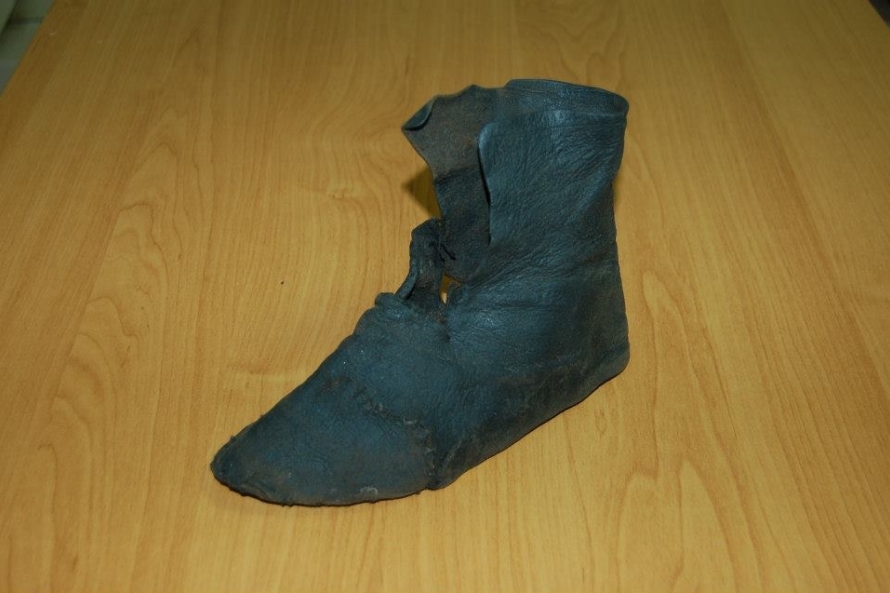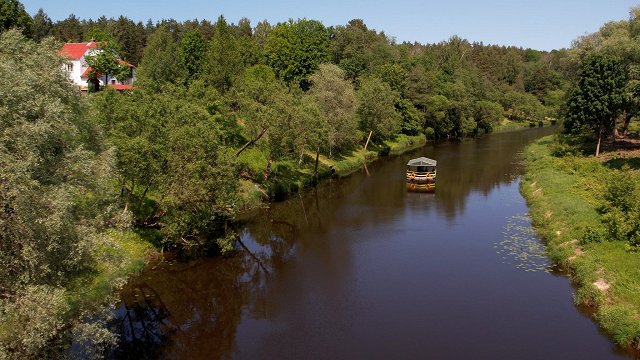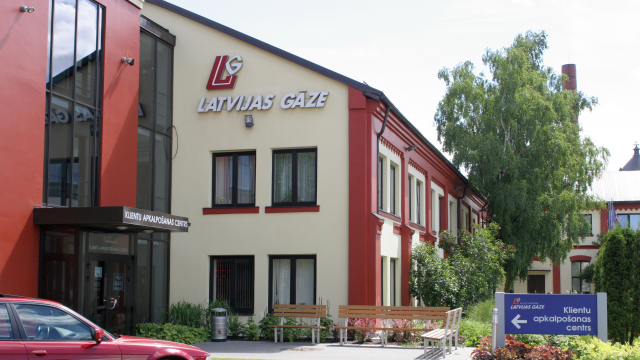
Archaeologists came upon a yet unheard-of discovery – a 13th-century toilet ditch – while clearing ruins at the construction site-to-be. As daily newspaper Neatkarīgā Rīta Avīze reported Monday, it is almost certain that this hole was indeed the very outhouse used by Riga founder Bishop Albert.
Historian Aldis Pravornis guided the journalists gingerly over the wet and slippery ground. He indicated between columns six meters down in the ground from between which centuries-old debris was being cleared out. Fragments of the ancient foundations are each carefully cleaned, catalogued and preserved.

While digging under the 15th-century warehouse ruins the archaeologists found even older foundations from the 14th century, a fairly routine find, but under that a clearly visible toilet ditch dating to exactly a century earlier.
The discovered treasure – a human waste ditch!
Indeed, the finding of an ancient toilet can be far more valuable than a historic stash of gold or silver coins. A human waste pile testifies far more to real life in what it tells about a society’s seemingly unimportant and disposable items.
Pravornis said that ancient Riga is well-documented and researched, so that the site is familiar for having been originally owned by the Archbishopry, being the site of the 13th-century pioneering ecclesiastical leader's residential palace fort. There is little doubt that if there is a verified toilet hole in the most ancient ground known to have been owned by the founding Archbishop of Riga, then he surely must have stooped over it personally on many occasions.
Archaeology, unlike some other historical disciplines, has experienced a boom recently as the pre-crisis years saw many construction projects requiring deep digs and prompting excellent research opportunities for scientific teams. Indeed, the presence of certified archaeologists is mandatory at all Old Town construction sites.
The particular site discovered Monday is set for a reconstruction project drawn up by the firm Arhis to begin this year. However, tourists intrigued by seeing where Bishop Albert went when he had to go will be disappointed to learn the apartment building, café and courtyard complex will not feature the option, as the crusading medieval cleric's erstwhile toilet is located almost ten meters below the street surface that has grown up around it in the intervening eight centuries.
Albert, the First Bishop of Riga and Third Bishop of Ikšķile is a controversial figure in Latvian history. He organized the conversion to Christianity of the local populations of Livonia with the help of fire and the sword, not just the word of god and diplomatic talks. However he founded the new fortress town, laying the cornerstones of the Dom Church and School.
Albert’s descendants became a well-known dynasty of Livonian rulers, key to the maritime and goods-transit sectors linking Moscow to Baltic-German nobility in the region. But a hundred years ago, Albert’s distant relative Arturs von Bukshevdens received the Lāčplēsis War Order award for denouncing his ancient Baltic-German noble titles and fighting in independence battles against Bermont and the Bolsheviks with the Latvian riflemen.



























